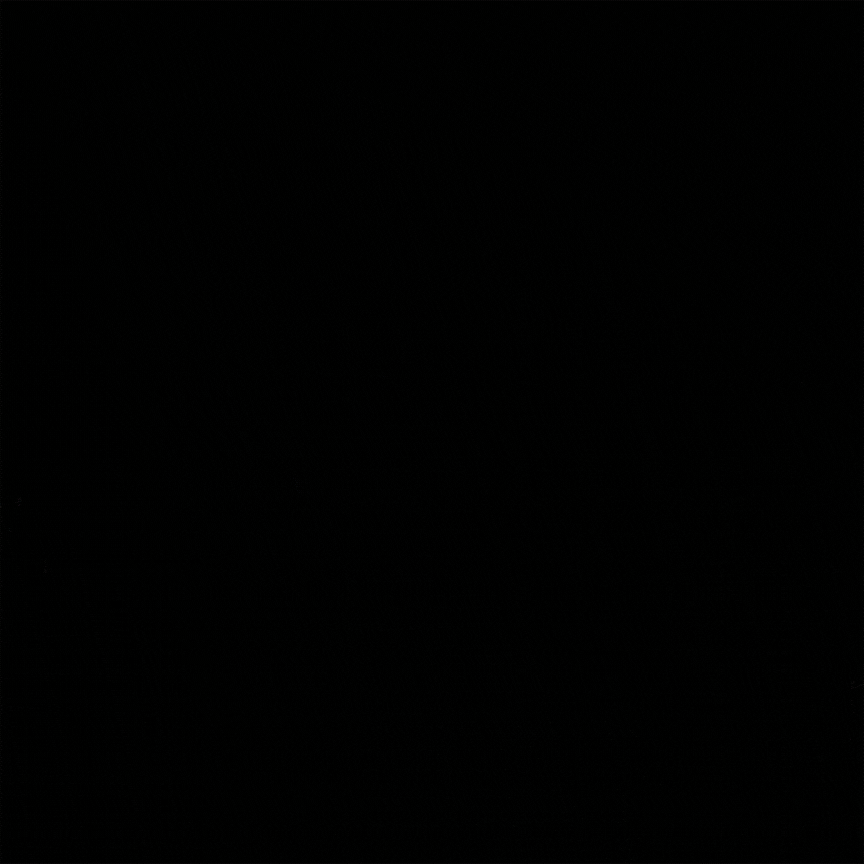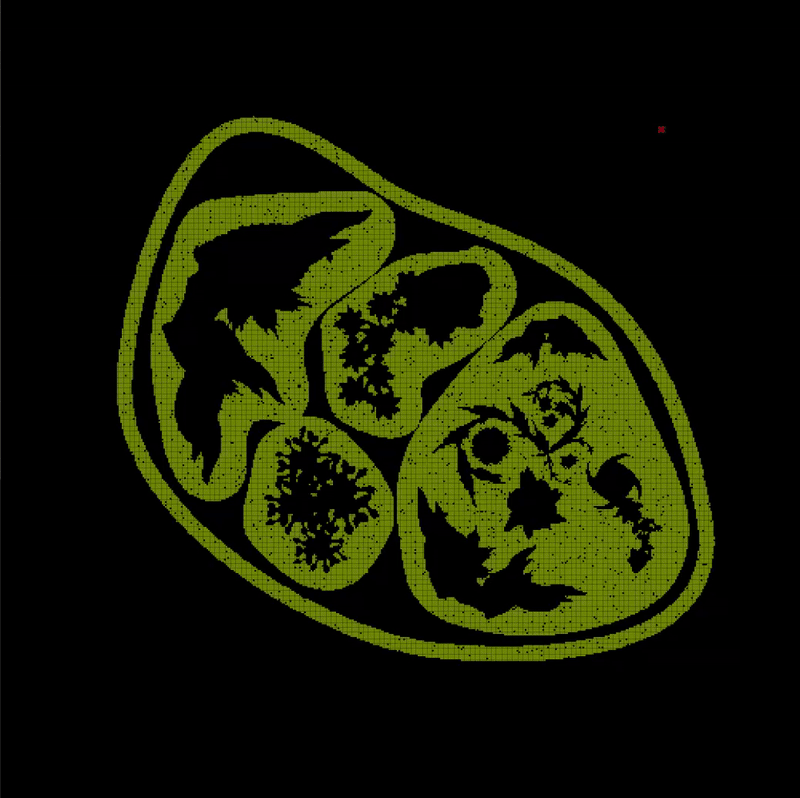:: david rrick ::
Click on one of the links below to view my relevant work; or simply keep scrolling!

:: Pre Graduation :: Design Highlights - In Progress
:: ABOUT ::
I am a Baltimore-born Fashion Designer with a passion for evolving my curiosities into Art.
Since part of my family lives in Wyoming, I’ve spent much of my life developing a passion for the outdoors — and, of course, for the design and use of outdoor clothing and equipment.
(Left)(This Year) Me and my Brother sitting atop Solitude Lake after a 15 mile hike through Teton National Park. (I am the one on the Left!)
(Middle) My old cat Mei finding warmth underneath a pair of my snow pants!


(Right) Me enjoying A beautiful Wyoming afternoon in my cousins backyard.

CLO3D :: Arc'teryx ::
Website Recreations 25 '

Upon seeing Arc'teryx's job listing for designer, I noticed that CLO3D was a specific job requirement.
Although I was taught CLO3D during my pattern making classes at SCAD, I realized it would be a good idea to refresh my skillset and show you that I not only know CLO3D but that I can adapt my pattern making skillset into a 3D environment.
Therefore, without accurate measurements, or pattern shape, over the past few days I re created the Konseal Crewneck and Cronin pants in CLO3D. Although not exact, I believe i came as close as possible to recreating the garments and their materials.

KONSEAL CREW NECK PULLOVER
I started with the Konseal Crew Neck. Beginning by creating patterns for a regular oversized Crewneck sweatshirt, and ending with the product too the left.
I altered my CLO3d avatar to have similar shoulder width / dimensions to the model on the website.
Along the way I created materials for the Konseal.

:: Rendered in CLO3D'S render engine ::
PROCESS

Initial Patterns / 3D outcome in CLO3D

After inspecting the websites images I made sure to include vents under the arms


FINAL Patterns / 3D outcome in CLO3D

Cronin Pants
After finishing the Pullover, I decided to make the Men's Cronin Pants since their construction is a bit more challenging / I think they bring the full look together.
Once more, I altered my CLO3d avatar to have similar dimensions to the model on the website.

:: These images may come up blurry due to Wix's compression system ::


PROCESS

During my process of re creating these pants, I noticed the pant legs main body were divided into at least 10 patterns including vents underneath the groin. Initially I added Darts to the back and a hammer loop on the side. I removed the hammer loop but kept the darts for added effect.
Initial Patterns / 3D outcome in CLO3D


FINAL Patterns / 3D outcome in CLO3D

:: My Senior Thesis 22'-23' :: Seasmhach
Seasmhach in Scotts Gealic means reliable and durable.
I fully designed and constructed this collection with unusual & durable materials use and construction methods in mind. It was made to keep the wearer comfortable on a 10 min walk to work in the dead of winter, or fully protected from the elements on a 3-month excursion into the wilderness; all while looking fashionable.
My Senior experience can be split into three parts
Part 1 :: Concept Creation and Design Ideation
Part 2 :: Initial Patternmaking / Muslin Prototyping
Part 3 :: Final Construction and Critique.
Part 1 ::
Concept Creation and Design Ideation
In the initial stages of our thesis development, we were required to develop 3 separate books.
Each would have its own design aesthetic. Each would be 160 pages. And each was required to have 3 sections :: Ideation in the form of photographs / drawings / etc. - Material and construction development - & finally at least 100 croquis.
Although I lost most of what I had, what you see below is just a taste of my process for design ideation.
BOOK 1 :: EXTREME WEATHER CLOTHING
For this book I researched the clothing High altitude climbers, adventurers, regular working people, etc. have worn in the past. Exploring what makes a technical garment that would function in certain extreme conditions without failure. What high quality materials are used & what Underlayers function perfectly for these climates.

Photo scans from my Senior Book 1 :: Each one of these are hand done and can be anywhere from 2 - 10 layers of photo material
BOOK 2 :: Outerwear / Streetwear
For this book I researched the streetwear defining the now & and the past + outerwear since its rise to popularity outside of the field. I looked creative silhouettes textures, materials, and seam construction.

Photo scans from my Senior Book 2 :: Each one of these are hand done and can be anywhere from 2 - 10 layers of photo material
BOOK 3 :: Workwear
Reliable, Durable, Fashionable. Here I looked into the history of workwear. I questioned, what makes a garment last a lifetime even though it used while working in coal mines or even constant seasonal use on a farm? Materials? Seams? Construction?

Photo scans from my Senior Book 2 :: Each one of these are hand done and can be anywhere from 2 - 10 layers of photo material
Part 2 :: Initial Patternmaking, Materials Development, and Muslin Prototyping
Within this part of SCADS fashion thesis, we finalized croquis, Made our final boards & began construction.
Materials Development ::
I chose these materials based off of my research into work / sport environments with durable and weather resistant garments. What I found was an emphasis on lightweight, breathable, durable, and weather resistant materials. These choices were also informed by my experience with Arc’teryx’s & Stone Island's lightweight, durable, breathable, and environmentally resilient garments.


I began making more technical sketches and envisioned more thought out seam types, fits, and silhouettes. After that I drew my first focused Croquis.



And then I began Draping and Patternmaking.


And continued refining my designs to create my final boards
And Developed my final designs.


With that I began Muslin prototypes

And I continued working until I got my final Designs in my final fabrics.
I then Moved on to Pt. 3 :: Final Construction / Final Photoshoot / and Movie.

I utilized Dyneema Composite & Lightweight Nylon for this prototype.

Materials :: 10oz Heavy Weight Duck Canvas / 10oz Waxed Duck Canvas / Poler Tec Fleece / Nylon

Materials :: 120z Heavy Weight Duck Canvas / 10oz Waxed Duck Canvas / Military Grade 12oz Canvas


I utilized Waxed Duck Canvas for this prototype.
Look 1 ::
Made For A walk Through Brooklyn, or a hike through the Applachians

POCKETING

Poncho Fits as Utility Apron as well

Layered up
Look 2 ::
Streetwear Emphasis / Waxed Canvas Poncho for inclimate weather

Poncho to Cape Functionality / Arm Movement

Face Cover for a cold day

Tapered pants made to fit anyone
Look 3 ::
High Elevation Terrain / Dyneema for protection / Nylon Puffer for heat insulation / Unzippable water proof Zippers for heat ventilation.

Vents for long hikes

Layers & Pocketing

Tapered Pant Ends
Materials :: Dyneema Composite / Nylon / Pima Cotton / 10oz Waxed Duck Canvas / Quilted Nylon.

Look 4 ::
All Weather Protection

Pocketing

Dyneema Window

Arm Rests for long hikes
Materials :: Dyneema Composite / Nylon / Pima Cotton / 10oz Waxed Duck Canvas / Military Grade Canvas
As I am sure you can tell, this entire year was a load of hard work. With the good came the bad. I constantly made errors and ran into problems every day but I made my way through it by keeping an open mind, learning valuable information from my mistakes, & having the capability of pivoting on a whim to solve any issue.
Below you will find my Thesis's final video, and below that my final book design.
Final Video

Final Book
Done In Illustrator & Photoshop

:: Post Graduation Freelance Work Highlight :: 23'
After graduation, I moved between three different cities: Savannah, Pittsburgh, and Atlanta.
During that time, I began freelancing and had the opportunity to work on a variety of individual projects.
Although most of my work focused on my background in graphic design, I also helped a newly established clothing brand based in India develop a logo and define silhouettes for their initial capsule collection.
Below is what I was able to create for them.

The capsule collection included A Hoodie and a T-Shirt.
Since the brand was more interested In streetstyle I designed each garment and its fit to be oversized
The Graphic to the Right is My own.
T-Shirts
Hoodies
Individual Logo Designs




DESIGN MORPHINES 24-25 MASTERS PROGRAM
DesignMorphine is an accredited school that is part of the UACG (University of Architecture, Civil Engineering, and Geodesy of Sofia, Bulgaria). It offers a Master’s in Computational Design (3D Design) through an online, nine-month program.
That’s a mouthful.
After graduating from SCAD, I felt like I needed more. A good friend of mine, who had graduated from SCAD’s School of Fashion the year before me, decided to take this course — and loved it. The school’s manifesto, design ethos, and course structure piqued my interest, so I decided, let’s do it!
After going through one of the most difficult and intensive nine months of my life, I can confidently say I have no regrets and have never felt so fulfilled. This program not only taught me an invaluable range of 3D programs and tools, but it also completely changed the way I think about design — and, of course, the way I approach designing itself.
What lies below is the culmination of my final project, all presented in a book I designed. It’s divided into five chapters, reflecting the structure of Design Morphine's curriculum.
Enjoy.
I started out my year with two team mates : Keya Roy, & Alex Wertheim
After our second Ch. & due to circumstantial events, One of my teammates left the program and the other joined A Group ( a time zone based group that was in Europe). After Completing Ch. 3 alone I was then partnered up with Paul Poblette and took on the roll of Project lead.

This book was designed in Illustrator & In Design




After a cosmic journey through the stars, The Eclipse find a planet (Veluthra) that is in dire need of help.

The curriculum at Design Morphine is split into 5 chapters.

The Masters starts with developing a species that will inhabit your world. This species and their characteristics shape the rest of the Ch.'s & of course the design language of the world you will create around them.
This Ch. focuses on manual modeling by way of programs such as Z-Brush & introduces rendering software's such as Keyshot & materials development by way of Adobe Substance Painter.

Through a love of Moth like anatomy & Bio-Tech, the Eclipse were formed.

I based the design of this book off of the old model airplane construction books I would use when I was younger.
Having to go back between the instructional guide and the diagrams provides a more enjoyable interactive experience for the viewer.



The Corpuscle will become the building block of the following Ch.'s It is meant to be just a living quarter of what will become the Eclipse's hive / city.

We focused on computational algorithms and node trees based simulations within Houdini to construct and design our Corpuscle. Defining physics & material integrity.




I then split apart the corpuscle into interesting pieces and use those as building blocks for the Amalgamation / Hive.
To do this we used Wasp in Grasshopper to create algorithmic driven Clusters & then main structures for the city / hive.



These are the guts of the Eclipse's Hive.

And here is the External part of the Amalgamation, coined as the Imitation Tree.
Imagine a tree made of Paper Lichen and used functionally like a wasp hive. This would be that.


External Renders done in Blender.
Veluthra's environment computationally built in Blender using simulations and Height Maps.


In this chapter we developed Private & Public transportation systems within the Amalgamation and outside of it.
By this point a wide variety of programs are used for development.

Orange represents the Private Transportation system, and Purple, the public.

Here are the private Vehicles, (left,) and the Private docking system (Right)
Designed and constructed by my teammate Paul Poblette

How the Prosthesis inhabits the Private Vehicle.


Public vehicle made for long distance missions to set up outposts within the surrounding area.
Designed and constructed by me.


Public station docking system located within the top of the hive & connects to the private system by way of pressurized tubes (orange).



In this Chapter we make 2d. Mini Map / Legend that shows the extent of our species reach / inhabitation of the world around them.
To develop these routes we used Nuclei3.
A mycelium growth based simulation in which you can develop routes with pheromone attraction and topographic information.


A look at how routes through topographic info are simmed with Nuclei3.

We then developed 2D amalgamations and clusters to be shown as cities / civilizations being built across the forest.



The Nuclei3 developments on top of our topographical map.

More 2D Graphics are developed to further define the maps legend.
This is the finished map.


Nuclei3 in action.



At the end of each Ch. we would present our work in the form of a board.
This is the beginning of our boards from Concept to Final Presentation.



This is the final board
I designed it to look like vintage Sci Fi Movie posters.







































































